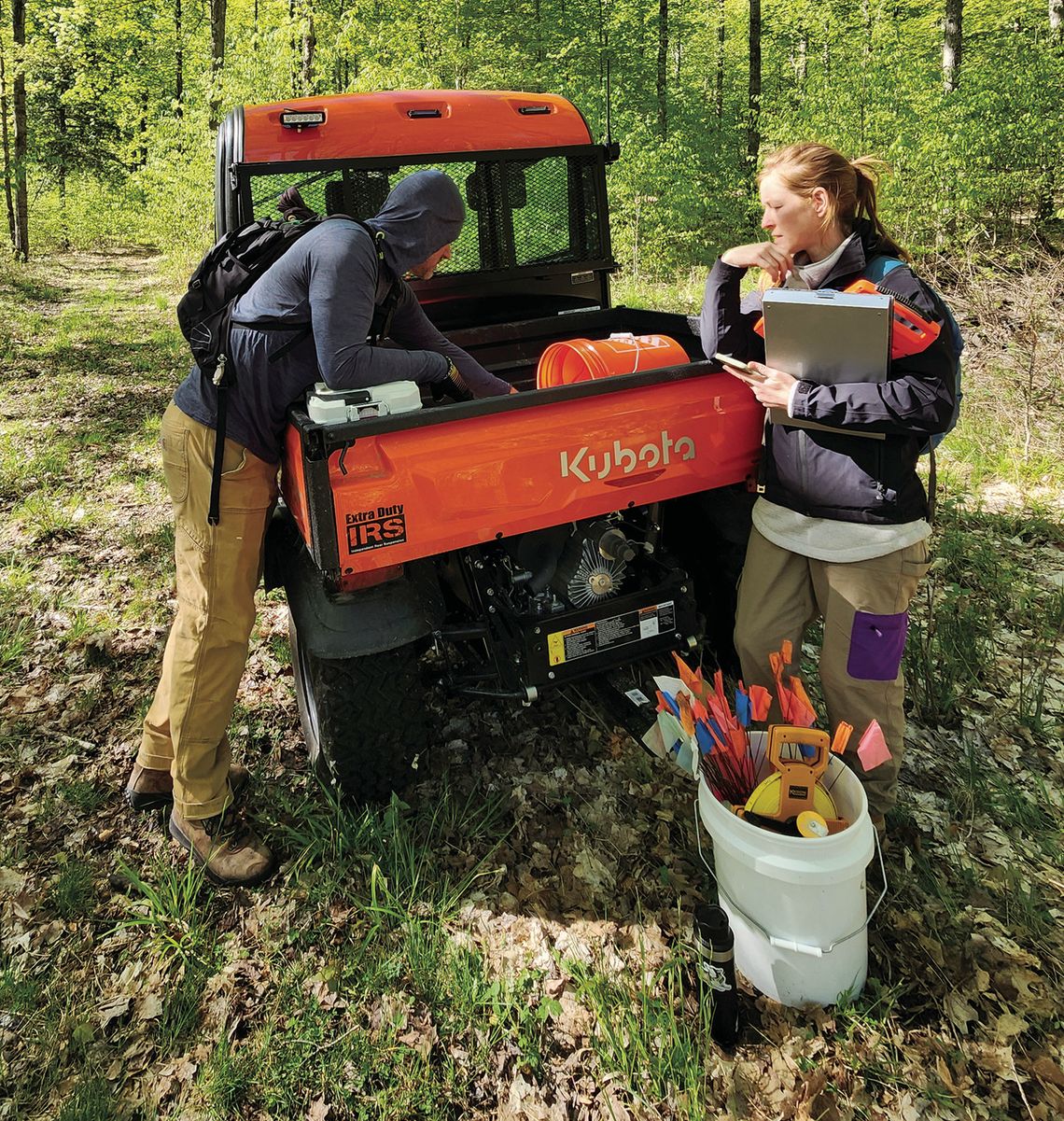Observing deer on a walk through a Leelanau Conservancy nature area is a good thing.
But can you have too much of a good thing?
The answer is yes for elderberries. Their chances of growing from fledgling shrub to small, flowering tree are greatly improved by avoiding browsing interlopers in the form of whitetail deer.
PLEASE LOG IN FOR PREMIUM CONTENT. Our website requires visitors to log in to view the best local news.
Not yet a subscriber? Subscribe today!



